Session 1: Beyond Abdominal FAST: The Essentials & Abdominal Point-of-Care Ultrasound
Species
Small Animal
Contact Hours
2 Hours - RACE Approved
Language
English
Discipline
Diagnostic Imaging
Emergency & Critical Care
Internal Medicine – Endocrinology, Haematology, Infectious Diseases, Parasitology & Oncology
Growth Partners
North America

Europe

Veterinary Partners
Global


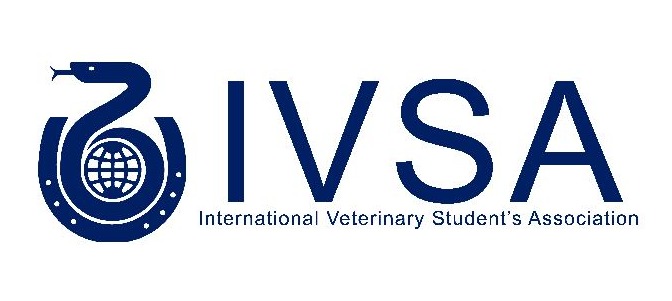
North America
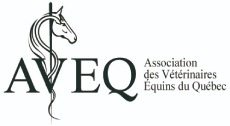
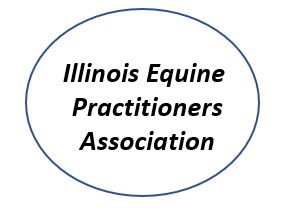

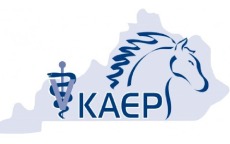
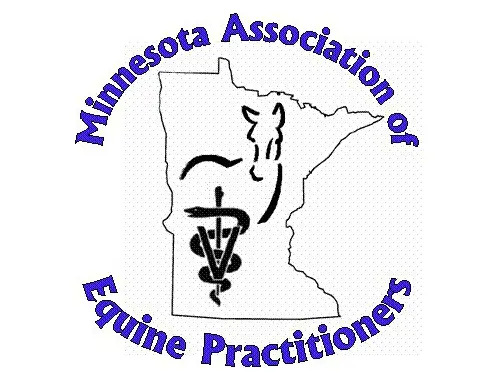



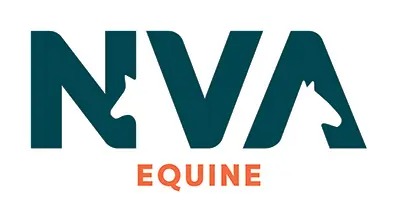

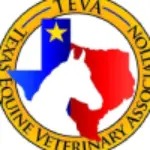


Europe

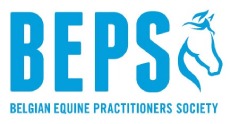


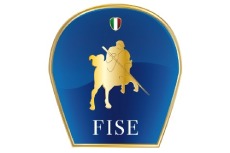

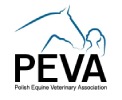
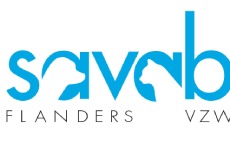

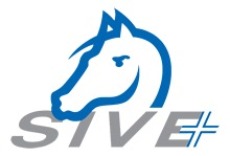



Middle East & Africa
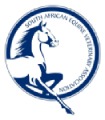
Asia-Pacific

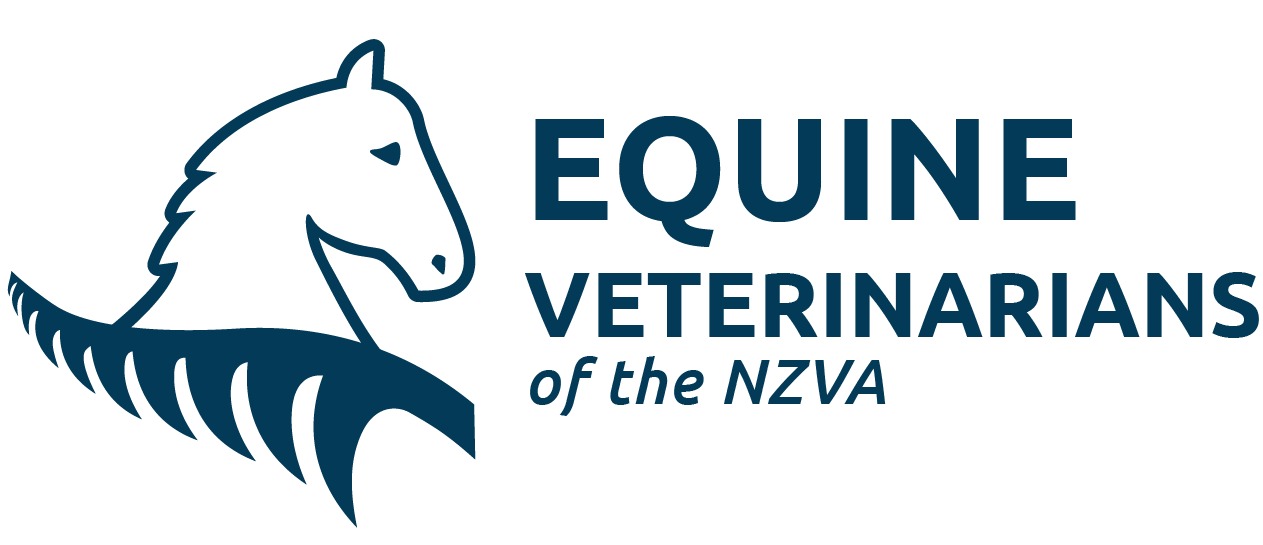
Recorded: December 2020
Part of the Online Lecture Series on Rapid practical Ultrasound for everyday General & Emergency Medicine
CONTENT DESCRIPTION
Session 1: Beyond Abdominal FAST: The Essentials & Abdominal Point-of-Care Ultrasound
Lecture 1 (60min): Point-of-Care Ultrasound in Small Animal Practice Made Easy: Definitions, Evolution & the Binary Approach to Learning!
This introductory lecture will cover the key concepts regarding point-of-care ultrasound including the definition and evolution of the FAST (Focused Assessment with Sonography for Trauma, Triage & Tracking) exams to Point-of-Care Ultrasound (POCUS) which also includes treatment and total systemic evaluations, how POCUS differs from consultative ultrasound exams, the key formats currently used, when and where POCUS should be applied, patient positioning, key probe manipulations, machine function, coupling agents, and the value of using clinically relevant binary (Yes/No) questions.
OBJECTIVES:
- Understand the key ultrasound functions used to perform POCUS
- Describe the origins and evolution of the FAST exam and its natural progression to POCUS
- Describe the key formats that currently comprise POCUS
- Describe when and where POCUS is used in the clinical setting: The 3 T’s of FAST have evolved to the 5 T’s of POCUS
- Discuss patient positioning for POCUS and how it differs from consultative ultrasound
- Describe the 5 key probe manipulations used in applying POCUS
- Discuss the value of using clinically relevant binary questions to learn and build POCUS skills
Lecture 2 (60min): Point-of-Care Ultrasound in Small Animal Practice Made Easy: Focused Exams of the Abdomen
Ever wonder if the cat that ate lilies is producing urine when it's not possible to pass a urinary catheter? Ever wonder if the dog with an acute abdomen has free abdominal air in the abdomen, or if the post-operative patient that is not eating has ileus? Using a binary approach to ask the right question at the right time makes learning and applying abdominal point-of-care ultrasound easy! POCUS techniques are rapid, easy-to-learn and practical ultrasound skills that ANY practitioner can apply in everyday practice. This is a banter filled co-lectures by a criticalist (that thinks he knows the answers) and an internist (that might be correct some of the time) will cover the core principles to understand and interpret sonographic findings of abdominal ultrasound including the identification of free fluid, urine production, GI motility, free abdominal air and the gall bladder halo sign. All clinically relevant questions when asked at the right time, in a binary fashion, based on patient assessment!
OBJECTIVES:
- Perform the abdominal point-of-care ultrasound
- Describe the key organs and anatomic locations required to perform abdominal point-of-care ultrasound (including the original validated abdominal FAST protocol)
- Discuss pitfalls that may result in false negative or false positive abdominal POCUS results
- Describe the formula used to calculate urinary bladder volumes
- Discuss the three key findings used to diagnose free abdominal air (pneumoperitoneum)
- Describe the technique used to sonographically identify post-operative ileus
- Explain the advantages of using both long and short axis window vs. just one window when performing abdominal POCUS
Dr Boysen graduated from the Western College of Veterinary Medicine (WCVM), Saskatoon, Saskatchewan in 1996, worked in private practice for a year and then completed an internship at the Atlantic Veterinary College in Prince Edward Island. He spent a year as an emergency clinician in Chicago before completing a residency in small animal emergency/critical care at Tufts University in Massachusetts. He became a diplomate of the American College of Veterinary Emergency and Critical care in 2003 and worked at the University of Montreal veterinary teaching hospital from October 2003 to December 2008.
Dr. Søren Boysen joined UCVM in January 2009. He is a Professor in small animal emergency and critical care in the Department of Veterinary Clinical and Diagnostic Sciences. His clinical home is predominantly based out of Western Veterinary Specialist and Emergency Centre, although he also contributes to student teaching and case consultation at the CARE Centre. He is actively involved in both the American and European veterinary emergency and critical care societies, as well as the Veterinary trauma initiative, serving on several committees for these organizations.
He is an internationally recognized lecturer, speaking at numerous international conferences around the world. Although he is happy to speak on any small animal emergency and critical care topic his true passion lies within emergency point of care ultrasound, perfusions, hemorrhage and shock.
Dr. Boysen is also heavily integrated in teaching and learning within the UCVM program, teaching across all 4 years of the undergraduate program, as well as working with the interns and being a member of the Teaching Academy for the University of Calgary. He has received several teaching awards over the years for his contribution to higher education within the veterinary curriculum.
More InfoDr. Chalhoub graduated from the DVM program at the Faculté de médecine vétérinaire (FMV) of the Université de Montréal in 2004. Serge followed this with a one-year rotating small animal clinical internship at the same institution. After working for two years as a general practitioner and emergency veterinarian in Montreal, Serge pursued a residency in small animal internal medicine at the Animal Medical Center (AMC) in New York City. Once his residency completed in 2009 he stayed on at the AMC as their first renal/hemodialysis fellow and then as a staff doctor.
Dr. Chalhoub has been a faculty member at the University of Calgary’s Faculty of Veterinary Medicine (UCVM) since 2012 and currently holds the rank of Associate Professor (Teaching). He was the recipient of the 2021 and 2013 Canadian Veterinary Medical Association’s Teacher of the Year Award, the 2015 University of Calgary Team Teacher of the Year Award, the 2017 Carl J. Norden Distinguished Teacher Award, and is a 2024 3M National Teaching Fellowship recipient recognizing Canada’s outstanding teachers. Serge is the coordinator of a community outreach-service learning program (UCVM-CUPS Pet Health Clinic) for disadvantaged Calgarians. He has authored and co-authored numerous scientific articles and book chapters on veterinary point of care ultrasound, renal and urinary medicine, and lectures around the world on these topics. He was a member of the National Issues Committee (NIC) of the CVMA until 2024 and is currently serving as Past President on the council of the Alberta Veterinary Medical Association (ABVMA).
More InfoVeterinary Student
Online Lecture Series
USD 30.00
Qualified Vet
Online Lecture Series
USD 130.00
Intern/Resident/PhD (Requires proof of status)
Online Lecture Series
USD 100.00
Vet Nurse/Vet Tech (Requires proof of status)
Online Lecture Series
USD 100.00
If the options you are looking for are unavailable, please contact us.
No tax will be added unless you are a UK taxpayer
Choose currency at checkout
















